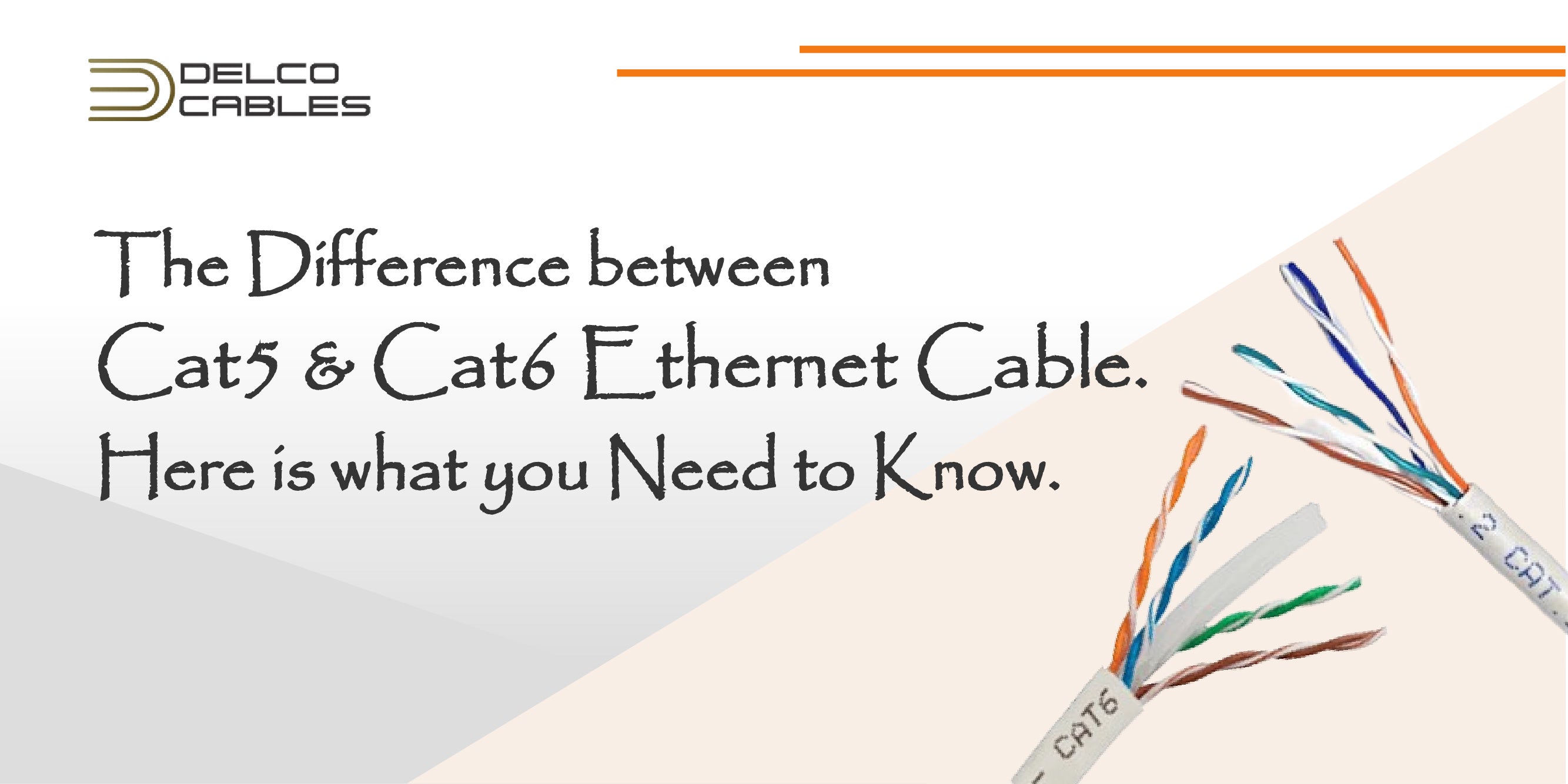Setting up an efficient network starts with the right cabling. Understanding the difference between Cat5e and Cat6 cables can make all the difference, especially when it comes to crosstalk and interference resistance.
While Cat5e has long been a reliable choice for basic networking needs, the Cat6 cable offers more advanced capabilities, especially for higher speeds and data-heavy tasks. As networks evolve, it’s essential to know when to opt for Cat5 or Cat6 to match your requirements, whether it’s home or office use.
It makes you wonder which one you should choose for your networking setup. Well, to help you out, this guide will break down Cat5e vs. Cat6 to help you decide what best fits your setup.
Is Cat5e Still Relevant in 2024?
Simply put, Cat5e is still relevant in 2024. It might continue to be in the next few years or so. The Cat5e cable, or Category 5e, has been around since the early 2000s and has become the standard for home and small business networks. It supports speeds up to 1 Gbps, sufficient for basic web browsing, streaming, and light online gaming.
For anyone running a network with lower data demands, Cat5e might still be enough in 2024. However, with more connected devices in homes and workplaces, the demand for speed and bandwidth has increased significantly.
Cat6 LAN cable technology meets these needs better, especially for higher speeds and longer cable runs. While Cat5e remains useful for low-demand setups, those who require stable, high-speed connections often turn to Cat6.
Cat5e and Cat6 Similarities
Both Cat5e and Cat6 cables are twisted-pair cables designed to reduce electromagnetic interference (EMI), which can interrupt data flow. Each cable contains eight wires in four twisted pairs, making them visually similar.
Both types also use the same RJ45 connectors, making them compatible with most modern routers, computers, and switches.
In general, the cat5 cat5e cat6 difference comes down to performance enhancements. Both cables support Ethernet, but Cat6 incorporates tighter twists and sometimes a thicker sheathing to improve performance and reduce crosstalk.
Cat6 vs. Cat5e Differences
When it comes to cat 5 vs. cat 6 cable, the Cat6 is built for faster and more stable connections. Here’s a quick breakdown to give you a better idea about the key features that set both these cables apart from each other:
- Speed - Cat6 supports up to 10 Gbps over shorter distances (up to 55 meters), while Cat5e supports speeds up to 1 Gbps.
- Crosstalk and Interference Resistance - Cat6 has improved shielding and a thicker outer jacket to reduce crosstalk, making it more resistant to interference.
- Structure of the Cables- Cat6 often has tighter twists in the wire pairs and may include a physical separator to isolate each pair, which helps to minimize interference.
- Distance Limitations - For optimal speeds, Cat6 should be used within 55 meters. Beyond this, its speeds drop, making it similar to Cat5e over longer distances.
These enhancements make Cat6 more suitable for high-performance applications like data-heavy tasks, gaming, and high-definition streaming.
Crosstalk and Interference Resistance
Crosstalk, or the interference between signal paths in a cable, can create delays and data loss, especially in high-speed networks. Cat6 cables combat this with a separator in the cable structure to isolate each pair, which minimizes interference.
This results in clearer data transmission and higher reliability, particularly over longer distances. In cat5e vs. cat6, this difference becomes significant if you’re in an environment with high electrical interference.
In addition to that, Cat6 cables handle such settings with ease, thanks to their design. This capability makes Cat6 ideal for offices, apartments with multiple devices, or smart home setups requiring consistent connectivity.
Choosing Between Cat5e and Cat6: How to Decide?
Selecting cat5 or cat6 depends on your specific needs. If your usage is primarily browsing or watching videos on one or two devices, Cat5e is generally sufficient.
For environments requiring high data throughput—such as shared workspaces, gaming setups, or homes with multiple smart devices Cat6 cables provide better speeds and stability.
When choosing between cat5e vs. cat6 for future-proofing, Cat6 is typically the better choice, especially if you plan to keep the same cables for several years or anticipate heavier data demands in the near future.
FAQs
What is the difference between Cat5e and Cat6?
Cat5e supports up to 1 Gbps, while Cat6 can handle up to 10 Gbps over shorter distances, making Cat6 better for high-speed needs.
Cat6 vs. Cat5e: Which is best?
For simple setups, Cat5e is fine, but for faster speeds and stability, Cat6 is the preferred choice.
Can I use Cat6 cables with older devices?
Yes, Cat6 cables are backward compatible with Cat5e and Cat5, so they work with older devices.
What is the lifespan of Cat6 cables?
With proper care, Cat6 cables can last up to 10 years or more, even with regular use.
Is Cat6 better than Cat5e for gaming?
Yes, Cat6 provides better speeds and less interference, ideal for a low-latency gaming experience.
Will I notice a difference in daily browsing between Cat5e and Cat6?
For everyday browsing, there’s little difference, but streaming and downloads may be faster with Cat6.
Conclusion
In choosing between Cat5e vs. Cat6, consider your current and future network needs. While Cat5e remains relevant for basic setups, Cat6 is ideal for high-speed connections with less interference. Whether you're upgrading or setting up a new network, making the right choice can ensure stable, fast connectivity.
For quality networking solutions, visit Delco Cables to find the perfect fit for your setup and enhance your network’s reliability. You can find the best and high-quality cables at a budget-friendly price for your networking setup without going through any hassle.





